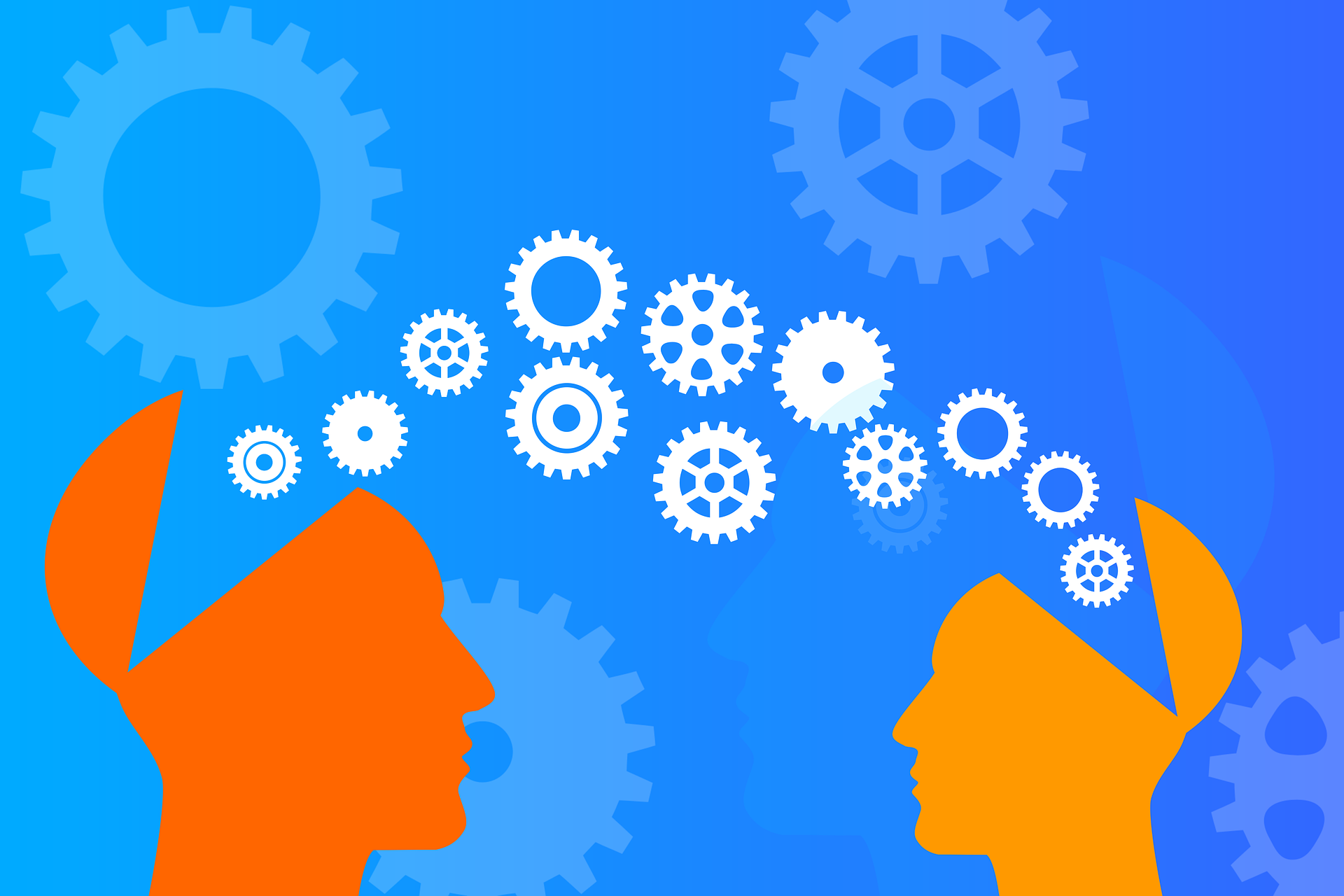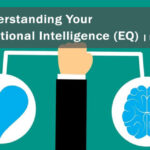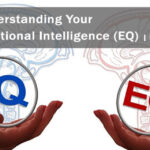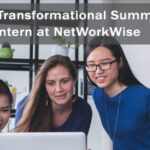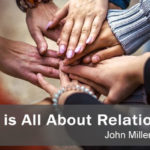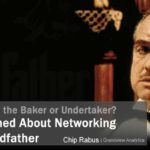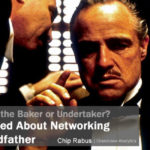Full- on panic!
It was early 2013 and I was a year or so into my doctoral program, anxiously trying to settle on a dissertation topic. On top of that, I had just started a role with a new organization leading their learning and development function. I was intrigued by a few topics in the learning space but nothing resonated, at least not enough to spend the next three years living and breathing it.
As fate would have it a powerful networking moment occurred. Hopefully you have had one of these, hopefully more than once. Not a random LinkedIn connect with no message or substance behind it, not even a trade show or industry card swap. It was that kind of connection that materially changes the course of your week, year or even your life or career. I was offered an opportunity to meet Steven Smith, Co-founder of Zag Learning. We were set to roll his emotional intelligence training out for the whole company and I spent multiple days one-on-one with him learning the material the way he envisioned it.
Steven, for me, was one of the first people to move the concept of living a life of reciprocity from an amorphous idea of just doing what is right and good to a purposeful and tactical way of living. The heart of Steven’s message was simple. “It’s ok to have personal goals but you can achieve those goals faster by living life in a ‘We, then me, manner”. He hammered that message home by showing a video of Mr. Rogers testifying to the Senate Subcommittee on Communications, demonstrating Rogers’ masterful emotional intelligence, reciprocity and “we first” approach to life. It not only resonated with me but inspired and energized me. I finally had the connection I needed to embark on my dissertation and emotional intelligence became my area of study and passion.
I enjoy sharing this story because I believe networking and social-emotional intelligence operate in a symbiotic manner. Sure, you can network with low-levels or understanding of your emotions and behaviors, but you are probably not going to build strong, lasting and meaningful relationships. Specifically, important within the discussion is what Daniel Goleman, one of the founding fathers of emotional intelligence, outlines as the intersection of the three types of empathy and emotional intelligence.
According to Goleman, the three types of empathy are:
- Cognitive empathy – “I understand how you think about things. I can see from your perspective.” This is a powerful skill to have in networking interactions, but it can be used to manipulate people. I understand you and can manipulate you into acting in a manner that suits my needs alone.
- Emotional empathy – “I feel with you.” This is critical to building strong connections but can lead to emotional exhaustion, specifically if your network is fraught with emotionally charged situations. Say you work in the healthcare industry and your peers are constantly surrounded by tough health situations. A way to maximize the benefits of Emotional Empathy is by employing your other Emotional Intelligence Skills: Self Awareness, Self-Management, Relationship Management.
- Empathic concern – “When I see you in trouble. I want to help you.” Unfortunately, this tends to be the aspect of empathy we don’t give enough time and attention to. It’s that moment when you know you should lend someone a hand and you want to but are too busy or too stressed or generally too caught up in the “ME” to do so. You live in your moment and you kick yourself for it. Have you felt that before? I know I have.
So, what works? I have found that those best at building social and business networks do so naturally with empathy and reciprocity front of mind, living in a “We, then me” manner. It comes easily, and they often simply seem wired that way. But this level of relationship building is not un-attainable for those who are willing to practice. These skills can be learned.
Want to get started today? Give this a try:
At least once a week, make the conscious decision to throw your ego and needs to the wind and do something for someone expecting nothing in return. This is something Adam Grant has discussed in his book Give and Take and a message I often hear Adam Connors, the CEO of NetWorkWise, talk about as “The Five Minute Favor.” It doesn’t need to be big, just do it. Then, take a moment to think about how it made you feel. Think about how it made that person feel. Then, do it again, and again. Each time you do, take the time to stop and really ponder the action, the results of your action and the impact on those you helped. This little trick works in a few ways. 1. It’s a scientific fact that doing good feels good. Be careful it can be addicting! 2. By taking the time to consider your actions you begin to develop a better awareness of what it means to live in a “We, then me” manner. You begin to develop your skills in one side of that equation.
See, someone must go first. Before you know it, you’ll find yourself gravitating to like-minded people and the “we” comes to you as frequently as you initiate it.
This article was written by NetWorkWise Contributing Author Roger Caramanica, PhD, SHRM-SCP and was edited by Moira McArdle

